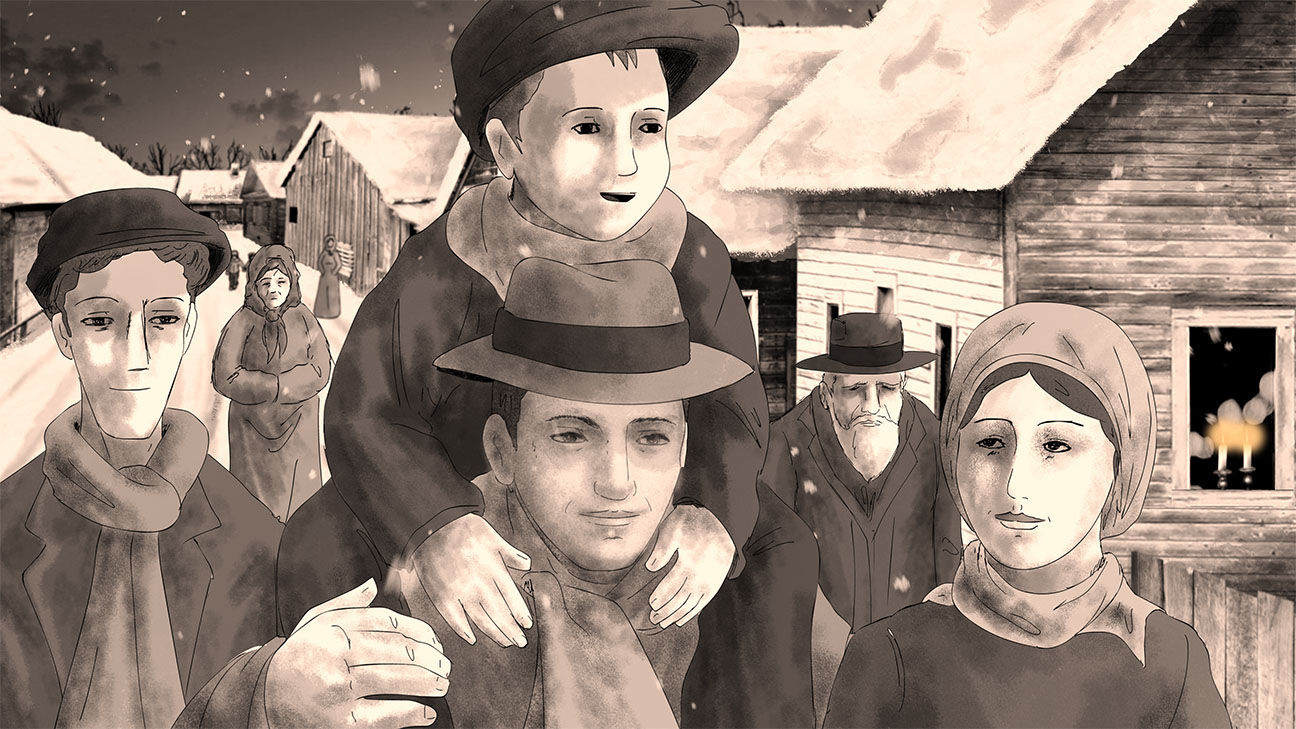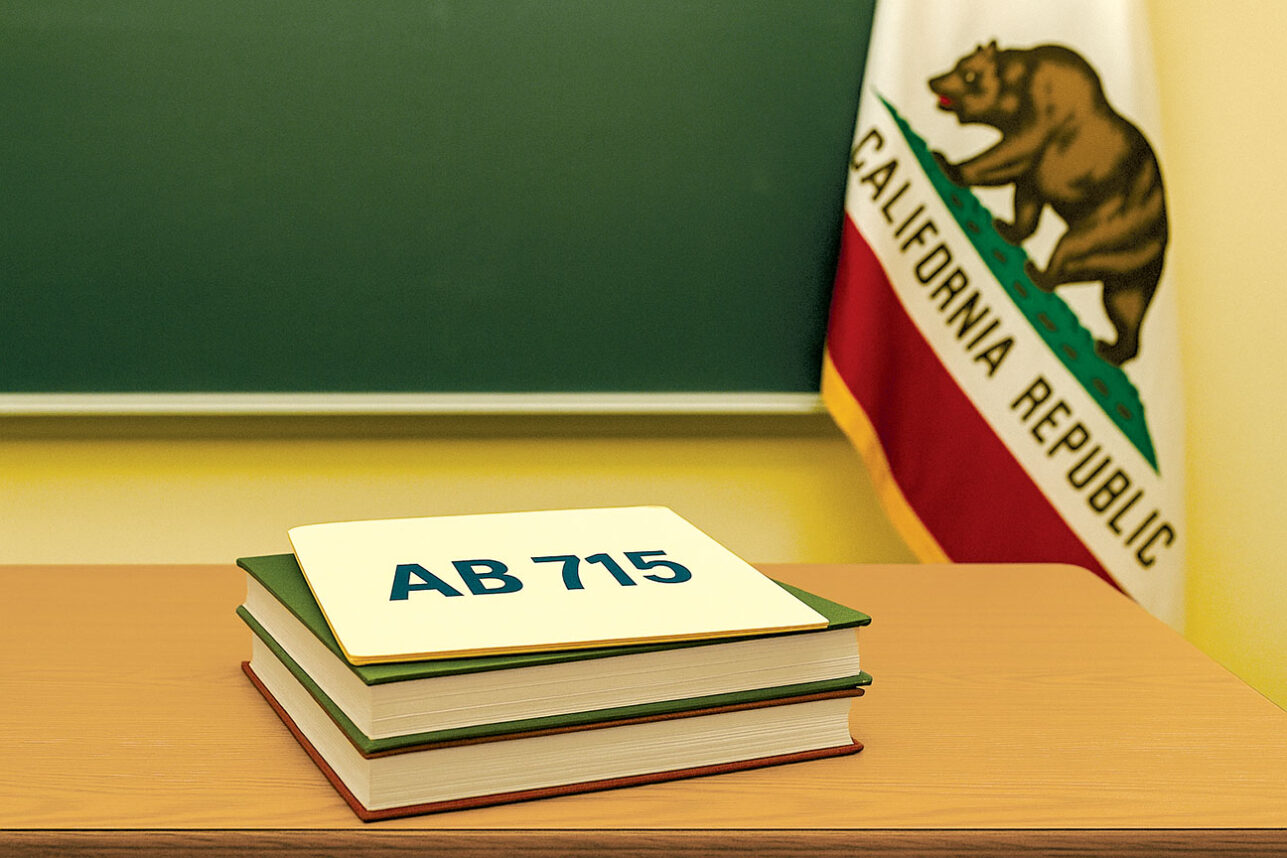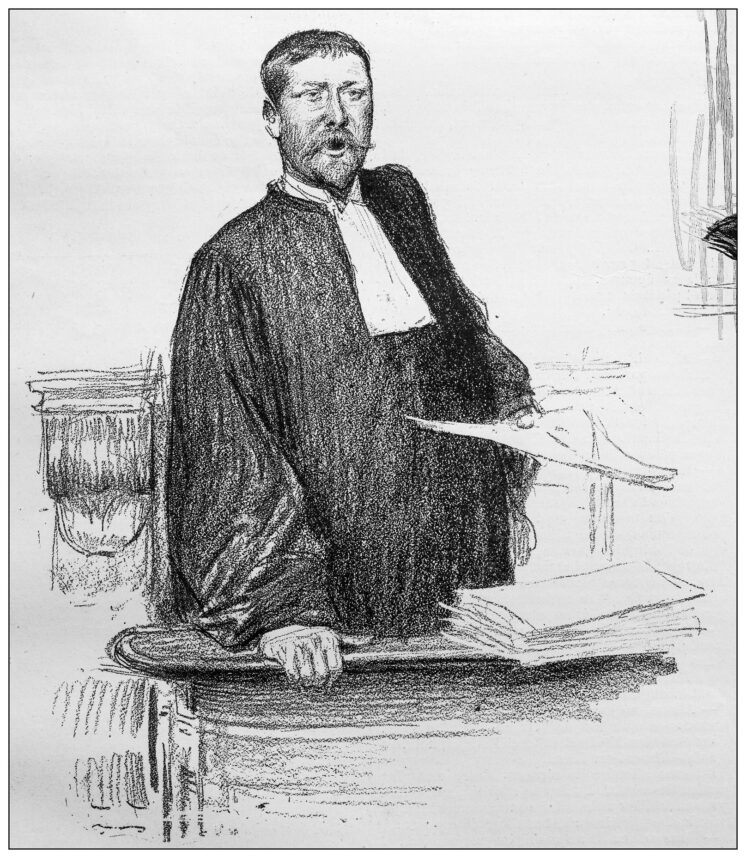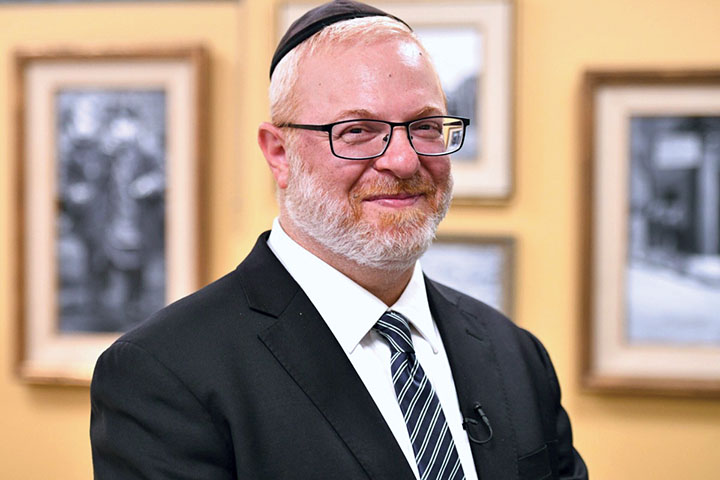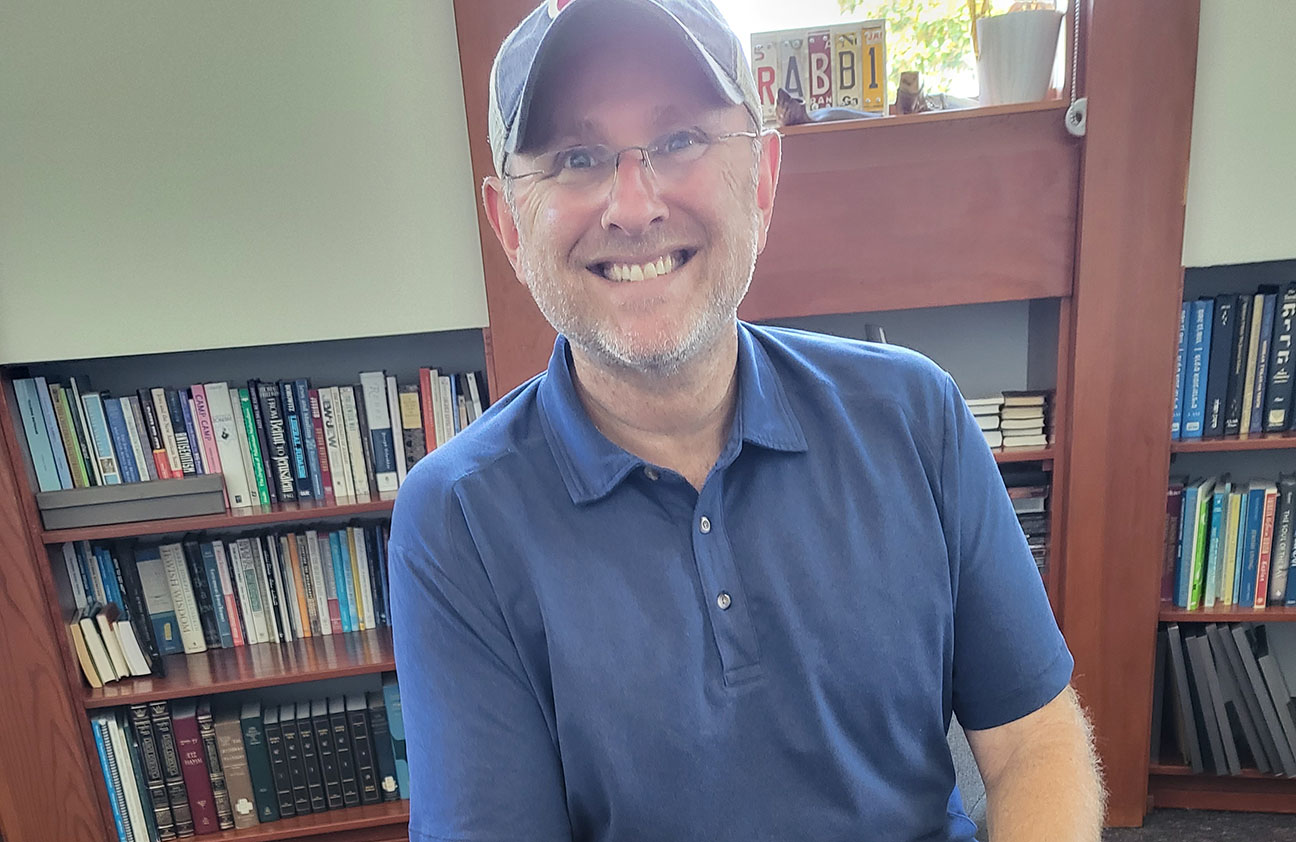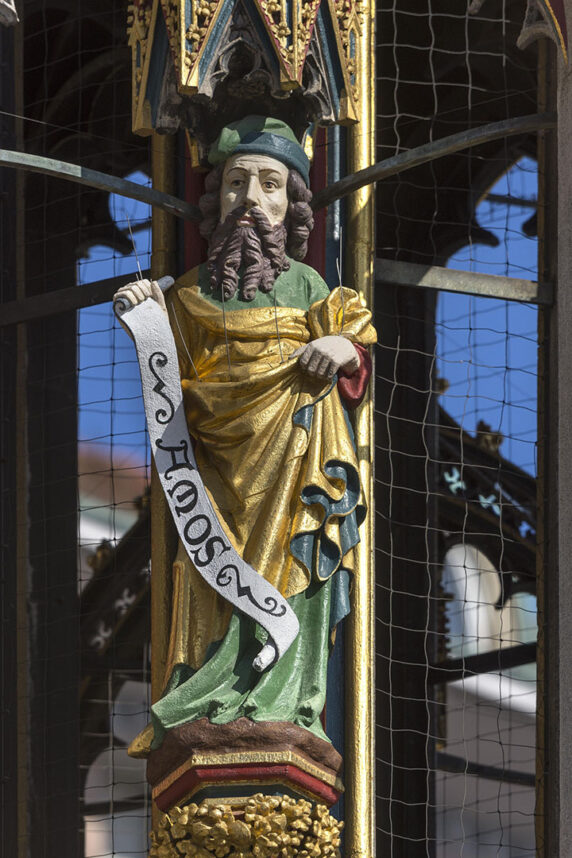Descending eastward from the rolling hills on the outskirts of Jerusalem, the sapphire-colored Dead Sea appears like a jewel set in the dusty brown Judean Desert. As you breathe in the thundering stillness, it’s easy to imagine why the ancient Essenes chose this place for their spiritual refuge.
When they lived here some 2,000 years ago, the Essenes led a highly ritualized life along the sea’s northern shores, 40 miles east of Jerusalem.
You can learn more about them and the fascinating legacy they created — the Dead Sea Scrolls — at Qumran National Park. This well-kept archaeological site preserves the center of Essene activity.
An introductory audiovisual program describes the Essenes’ way of life, which the Romans destroyed in the year 68 C.E., during the great Jewish revolt. These Jews were mostly male ascetics, dedicated to spirituality, who fled Jerusalem.
They created a largely self-reliant, communal settlement amid picturesque limestone hillside cliffs. Their structures included stone assembly halls, a main dining room for ceremonial meals, a kitchen, laundry room, watchtower, stable and pottery workshop.
Archaeologists believe the Essenes were highly concerned with maintaining their ritual purity and bathed at least twice a day. An aqueduct system caught water from the hills above and channeled it into an elaborate series of mikvahs, or ritual baths.
In the 200 years they lived at Qumran, Essene scribes also dedicated themselves to copying biblical texts in a scriptorium, or writing room, with desks and inkstands.
The biblical texts were discovered by a young Bedouin shepherd in 1947. When an errant goat disappeared into a cave, the boy tossed a rock inside, and was surprised to hear the rock hit something. As he continued searching, he discovered clay pots that had protected seven ancient scrolls for centuries.
When the film concludes, the screen lifts and you are directed toward a darkened hallway, where replicas of the implements of the Essenes’ daily routine are displayed. From there, it’s a short walk to the ruins, where you can see remnants of the mikvahs, as well as the aqueduct and other finds, in addition to a view of the historic cave.
The Dead Sea Scrolls, the oldest biblical documents ever found, often are described as the most important archaeological discovery of the 20th century. They date to a time that spawned Christianity and laid the foundations for modern Judaism.
The scrolls include books from the Torah, the Apocrypha and the sect’s own works. Some of these are on permanent exhibit at the Israel Museum in Jerusalem.
They are stored in the iconic white domed Shrine of the Book, which resembles the lid of the type of clay jar in which the scrolls were found. As you walk into the exhibit, you enter a dark hallway that resembles a cave.
The parched climate of the Dead Sea helped preserve the scrolls and items rarely found by archaeologists: wooden combs, leather sandals, linen fabric and ropes made from palm leaves and rushes.
Most of the scrolls discovered at Qumran were made of a lightly tanned animal skin. A small percentage were written on papyrus. To prevent their further deterioration, the exhibit was specifically designed with low lighting and controlled humidity and temperature.
The scrolls are stored in darkened cases that are illuminated with the press of a button. The beautifully penned texts reflect portions from every book of the Bible, except the scroll of Esther, as well as the entire book of Isaiah. And some reveal the beliefs and customs of the Jews at Qumran, such as monogamy and prohibitions against divorce and celibacy.
The scrolls and thousands of fragments later discovered in the same area have been mired in controversy since 1954, when four scrolls were advertised for sale in The Wall Street Journal. They were subsequently purchased for Israel, but only a select group of European and American scholars were chosen to reconstruct and publish the texts. The 1984 publication of an article about one scroll discovered years earlier ignited a lengthy battle over long delays in publication and freedom of access for other scholars.
In 1991, independent scholars broke protocol and released computer-generated reconstructions of some fragments. The Huntington Library in San Marino later allowed access to its photographic copies. The Biblical Archaeological Review printed complete photographs of the unpublished fragments without disclosing the source.
You can view the Dead Sea Scrolls at the Israel Museum (phone: 02 670-8811) and the ruins of the Essene settlement at Qumran National Park (02 994-2235). Call for updated hours and admission charges. For more information, contact the Dead Sea Information Center at
Did you enjoy this article?
You'll love our roundtable.
Editor's Picks



What Ever Happened to the LA Times?

Who Are the Jews On Joe Biden’s Cabinet?







